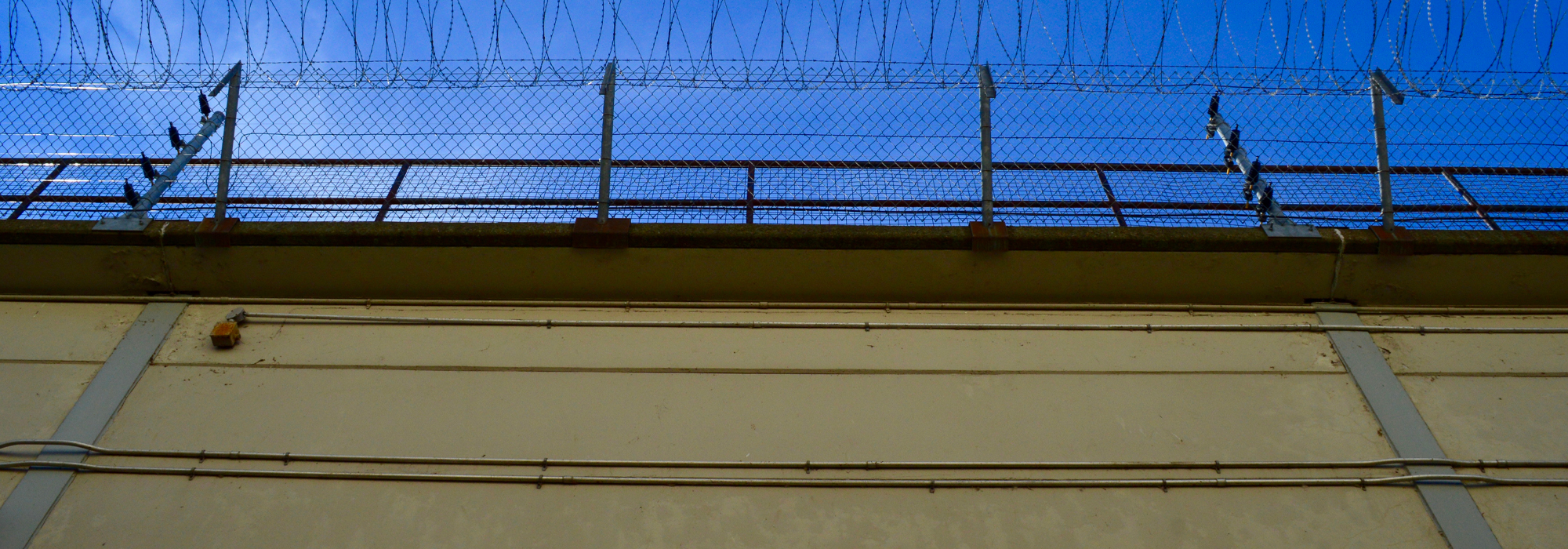
Prisons have been major vectors of COVID-19 transmission around the world. Canada’s provincial and federal prisons recently passed the 5,000-case mark, with at least 4,000 prisoners and 1,100 staff members having contracted the coronavirus by the end of January. There are many questions about the factors affecting the spread of COVID-19 in prisons across the country. However, one certainty is that many prisoners have been caged in their cells for more than 23 hours per day for weeks on end throughout this pandemic, with little to no access to programming or visitors, and few opportunities for meaningful social interaction. Despite these draconian measures, prisoners are still being exposed to the virus at high levels.
Within the federal penitentiary system, our preliminary research suggests medium-security units for men and multi-security level penitentiaries for women are the site of most COVID-19 cases in Correctional Service Canada (CSC) institutions. The federal government should act much more decisively to reduce the risk of infection for those incarcerated and for those who work within these facilities to enhance both public health and safety.
Based on an analysis of COVID-19 prisoner case reporting, close to 98 per cent (1,143 out of 1,168) of male prisoners in CSC penitentiaries infected with the coronavirus were imprisoned in medium-security units at the time of detection. In some respects, it is unsurprising that most federal prisoners who have contracted COVID-19 so far were in medium-security settings. After all, more than 60 per cent of federal prisoners are classified as medium-security. However, the proportion of COVID-19 cases amongst federally incarcerated men detected in medium-security (97.9 per cent) is well beyond that for incarcerated men in minimum-security (0), maximum-security (1.4 per cent), and multi-level (0.7 per cent) facilities. This suggests that medium-security settings for men have been hotbeds for transmission once initial outbreaks took place.
Recently, Sherri Maier, an advocate engaged in solidarity work with prisoners in Saskatchewan, pointed out to freelance journalist Justin Ling that “there are no cases of Covid-19 (sic) in the max” at Saskatchewan Penitentiary at a time when 244 prisoners in its medium-security units had contracted the virus and were subject to lockdowns.
She further noted: “I’ve asked inmates… why is max able to improve things so the inmates can be out 4 hours a day, yet medium can not let guys out more than 23 hours a day. In my talks me and other inmate[s] have come up with ideas that max has less inmates, the cells there are not bars like in the max, so inmates are not exposed to the virus that is airborne like they are in medium.” Similar observations have been made about the outbreak at Stony Mountain Institution, near Winnipeg, Canada’s largest outbreak in a prison to date.
In addition to a number of affected medium-security ranges for men having open-grate cells, physical distancing is near impossible due to the number of incarcerated people in these compact units, where the air circulation is known by prisoners and staff to be poor. This does not bode well if limiting COVID-19 transmission is the goal.
A significant proportion of federally incarcerated women have also contracted COVID-19 during the pandemic. To date, there have been 73 positive cases detected in multi-level security facilities for women run by CSC that have a capacity to incarcerate 785. Even if these 785 prison spaces were full, which is unlikely, this represents an infection rate of at least nine per cent. This is more than four times higher than the two per cent infection rate in Canada’s general population.
Based on the data made available, it is, however, difficult to know which settings within women’s penitentiaries – among CSC’s newest penitentiaries – have had more COVID-19 infections and to develop possible explanations as to why this is the case. For example, is it because of policies and practices or other factors?
These figures should provide the impetus for the federal government to take immediate action to move prisoners from its medium-security institutions for men and its multi-level penitentiaries for women.
Men in CSC medium-security COVID-19 traps should be released to the community or moved to minimum-security institutions where possible. The vast majority of federally imprisoned women, many of whom have experienced trauma and are now being made to endure the violence of imprisonment, could be immediately released to the community with housing and other supports put in place where needed.
To generate the space required in minimum-security settings and to promote much greater social distancing in medium-security penitentiaries, the Parole Board of Canada needs to work with CSC and its community partners to significantly increase the release of current prisoners to halfway houses, their residences or some other transitional or permanent and safe housing that meets their needs, allows for 14-day quarantining, and reduces their prospects of contracting COVID-19.
As a recent Royal Society of Canada policy brief recommends, there must also be collaboration to move criminalized people currently in halfway houses to other community housing to the greatest degree possible. Where housing and supports do not exist in the community at the level required, the federal government needs to put in place what is necessary as soon as possible.
If the Government of Canada takes steps to contain COVID, not people, the number of individuals at heightened risk of COVID-19 transmission inside Canada’s federal penitentiaries can be significantly reduced. So, too, can the number of prisoners subjected to prolonged exposure to inhumane and arguably unconstitutional segregation-like conditions imposed in the name of coronavirus prevention.
The provinces should also take more steps to depopulate their jails and prisons to the greatest extent possible while investing in re-entry supports to meet immediate needs. This would also be safer for prison staff, along with their families and communities, as COVID-19 transmitted in congregate settings can quickly spread outside of them.
If governments fail to act, people will continue to be exposed the violence of incarceration and the harms of COVID-19. This needs to be avoided to enhance public health and community safety. Maintaining the cruel status quo imperils both objectives now and in the future.
Photo: Shutterstock.com, by jesrose1













